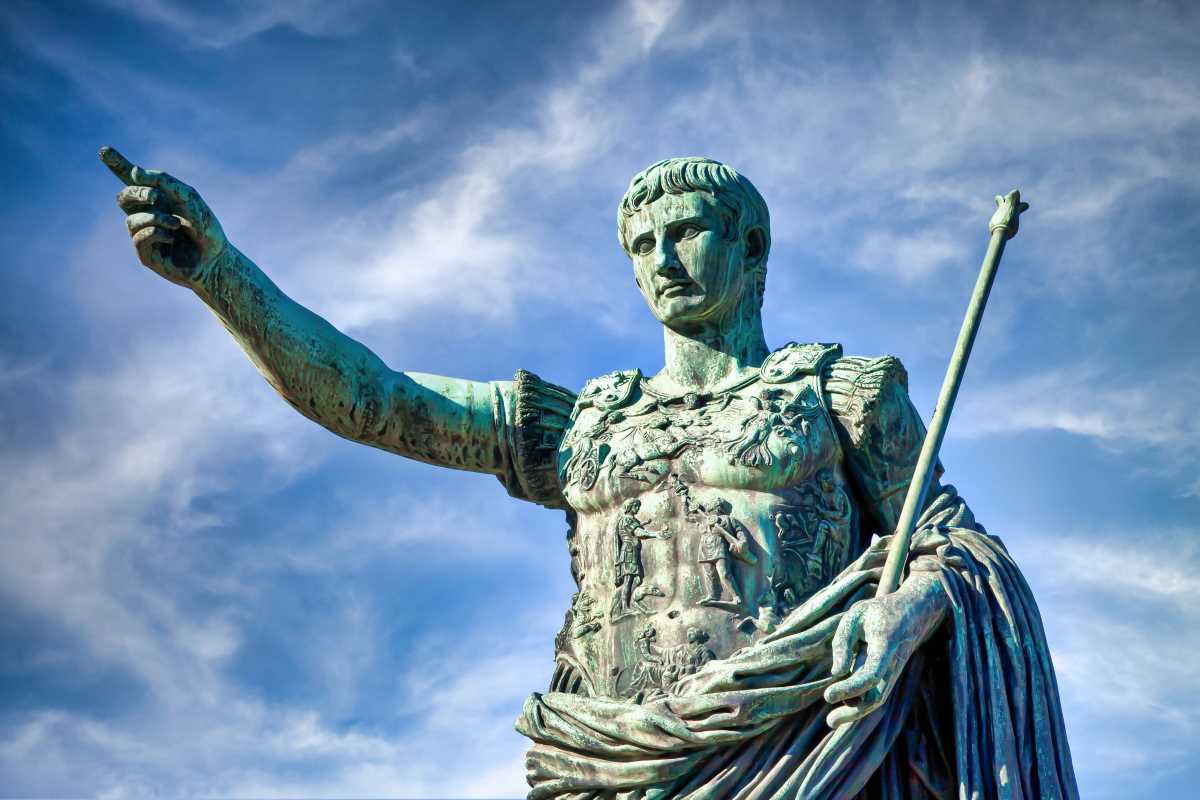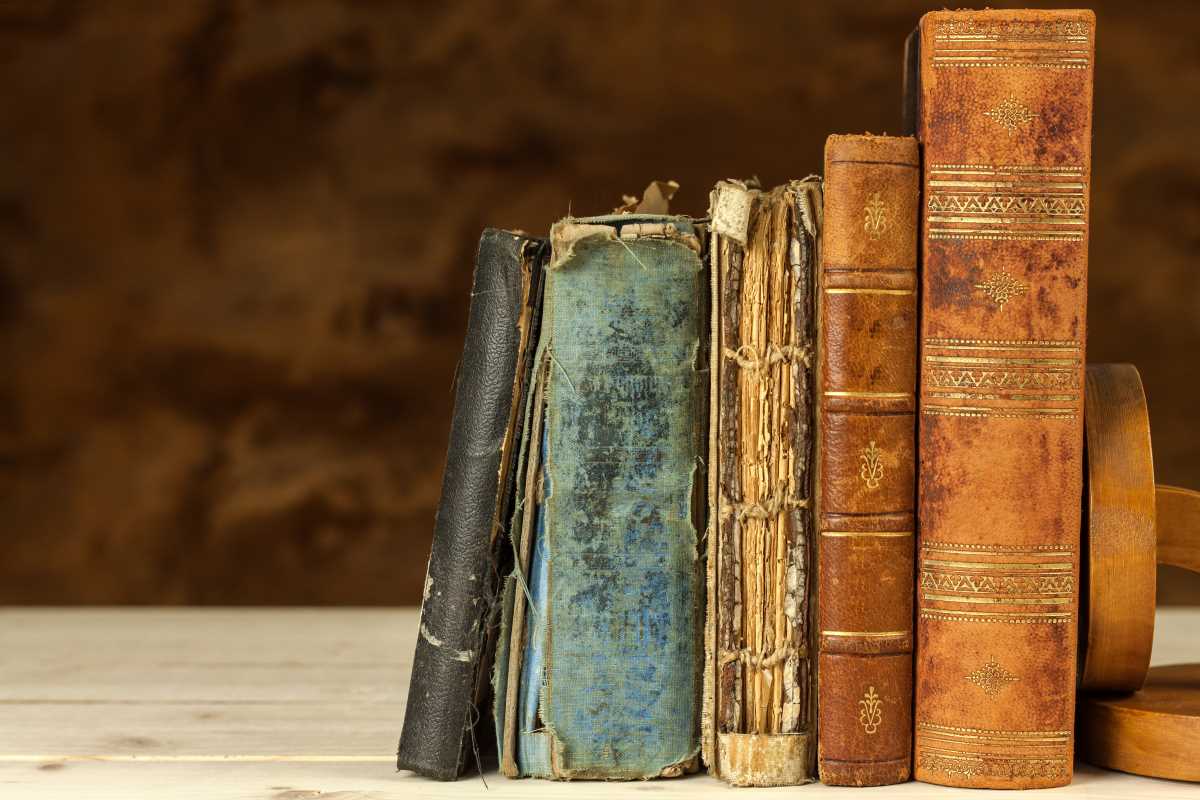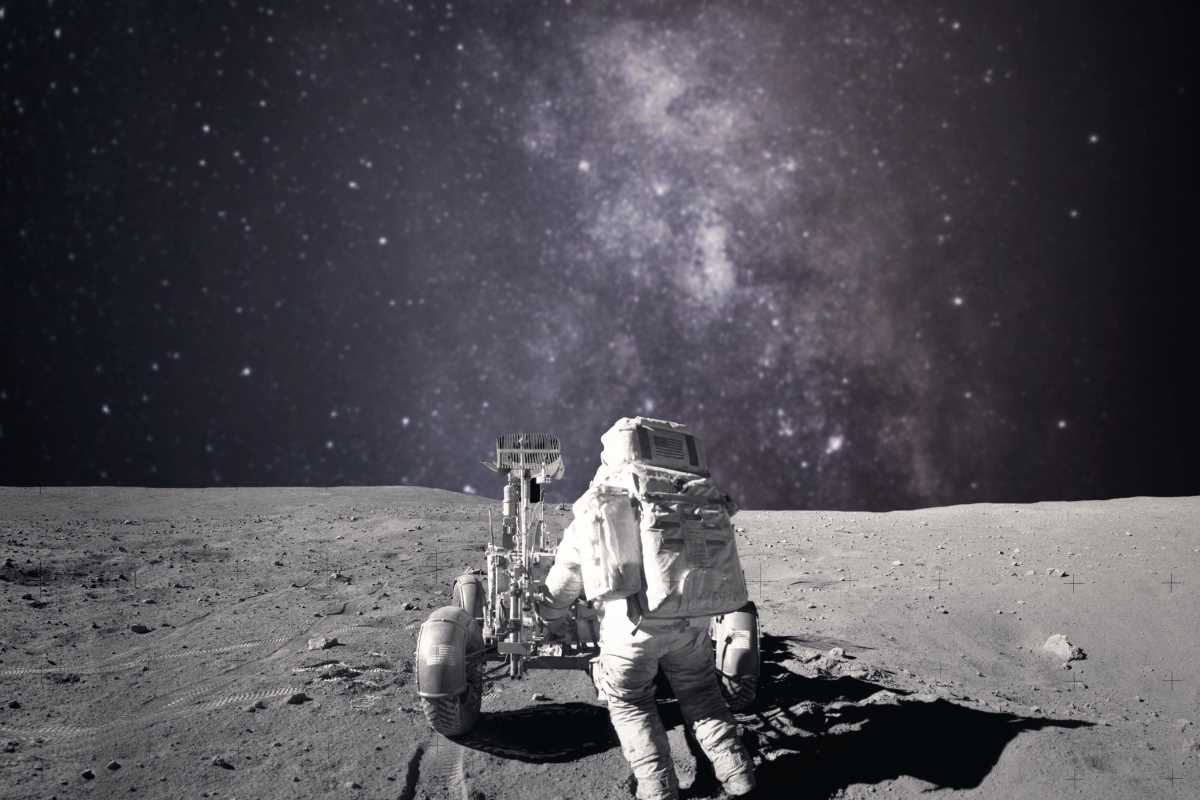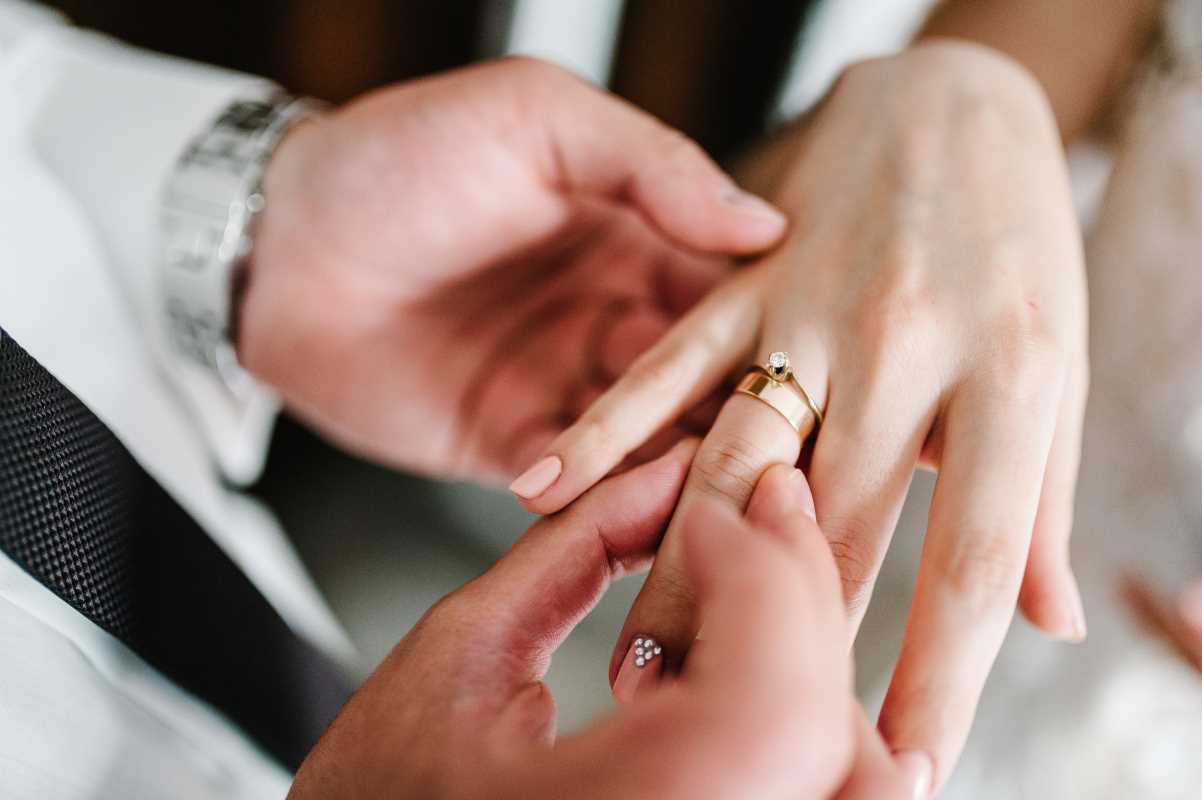Love stories have been told for centuries, but some are powerful enough to shape history. These relationships were the stuff of poetry and legend. But they also influenced wars, toppled empires, fostered alliances, and even sparked revolutions. Behind monumental events, there are often people whose personal connections shaped the world as we know it. We'll look at some of the most captivating love stories in history and explain how their passion, heartbreak, and commitment created ripples that still affect us today. From royal courts to battlefields, these couples proved that love can be as forceful as any army, influencing decisions and outcomes on a global scale. Let's explore how their relationships changed the course of history forever.
Cleopatra and Julius Caesar / Mark Antony
No conversation about love changing history is complete without Cleopatra. Known for her intelligence and charisma, Cleopatra, the queen of Egypt, formed relationships with two of Rome’s most powerful men: Julius Caesar and, later, Mark Antony.
Cleopatra’s affair with Caesar was a strategic alliance. Egypt was under threat from the expanding Roman Empire, and Cleopatra saw Caesar as a powerful protector. Their relationship led to advancements in Egypt’s political stability, for a time. But after Caesar’s assassination in 44 BCE, Cleopatra turned to Mark Antony, one of the most influential figures in Rome, further entwining her nation’s fate with Roman politics.
Their romance became legendary, but it also caused turmoil. Their union threatened Octavian (the future Emperor Augustus), who saw them as a political and military threat. The chain reaction? Rome went to war with Egypt. Antony and Cleopatra’s eventual defeat at the Battle of Actium in 31 BCE marked the fall of Egypt as an independent power, folding it into the Roman Empire forever. Their dramatic deaths have been romanticized for centuries, but their love undeniably altered the course of history.
Queen Victoria and Prince Albert
Queen Victoria and Prince Albert’s love story might not seem as dramatic as Cleopatra’s, but it had far-reaching consequences. When Victoria ascended to the British throne in 1837, she was 18, unprepared, and under immense pressure. Then, she fell in love with Albert, her German cousin, and they married in 1840.
Their marriage was a union of hearts and a partnership of minds. Victoria leaned on Albert for advice on political matters, and together they worked on projects that advanced Britain socially and culturally. Albert championed education and science, while Victoria represented stability in a rapidly changing world.
Their example of personal devotion altered how monarchs were viewed. Victoria and Albert portrayed a domestic, almost relatable image of royalty, something new at the time. After Albert’s death in 1861, Victoria mourned him publicly for decades. This devotion created the idea of the grieving widow as a symbol of enduring love, making the Victorian Era synonymous with both progress and a certain sense of sentimentality.
Shah Jahan and Mumtaz Mahal
Everyone has heard of the Taj Mahal, one of the most stunning monuments in the world. But fewer people know the love story that inspired its creation. Shah Jahan, the Mughal emperor of India, adored his wife, Mumtaz Mahal. Mumtaz served as Shah Jahan’s confidant in matters of state.
When Mumtaz passed away in 1631 while giving birth, Shah Jahan was heartbroken. To honor her memory, he commissioned the construction of the Taj Mahal, a breathtaking white marble mausoleum that symbolizes eternal love. But this love story had unintended consequences. The massive cost of the Taj Mahal strained the Mughal Empire’s finances. Some historians argue that this financial strain contributed to the empire’s later decline. While their love gave the world one of its greatest architectural masterpieces, it also showed how romance could impact governance.
Napoleon and Joséphine
Napoleon Bonaparte’s rise to power was staggering, but his personal life was often just as captivating as his military conquests. His relationship with Joséphine de Beauharnais was a story of love as well as a reflection of ambition and heartbreak. Napoleon adored Joséphine, even though their relationship had its fair share of drama, including infidelities on both sides.
When Napoleon became Emperor of France in 1804, Joséphine was by his side as empress. But their marriage had one major issue: Joséphine couldn’t provide Napoleon with an heir. Faced with the pressure to secure his dynasty, Napoleon divorced her in 1810. Still, their emotional bond endured. Letters between the two show how deeply Napoleon cared for Joséphine, even after their separation.
Though heartbreaking, this love story had political consequences. By ending his marriage to Joséphine and remarrying, Napoleon secured an alliance with Austria through his second wife, Archduchess Marie Louise. This strategic move allowed him to consolidate power in Europe, though his empire would crumble in the years after.
Abd al-Rahman III and Subh
During the 10th century in Islamic Spain (al-Andalus), the caliph Abd al-Rahman III fell deeply in love with Subh, a Christian woman who became one of his most trusted confidantes. While their relationship is less well-known than others on this list, it was significant. Subh wielded great influence within the caliphate and played a role in shaping many of Abd al-Rahman’s decisions.
Their romance reflects the cultural blending of Islamic Spain, where Muslims, Christians, and Jews coexisted (not always peacefully, but often harmoniously). Subh’s influence on Abd al-Rahman highlights how personal relationships could intertwine with cultural and political movements, leading to a more unified and flourishing al-Andalus that left a lasting impact on Spanish culture.
Historical love stories remind us that major events and decisions aren’t just driven by policies or armies but also by people’s emotions, desires, and relationships. These couples made decisions that impacted entire nations, often without knowing the long-term consequences. Whether through alliances, wars, cultural achievements, or personal sacrifices, their love stories became history themselves.
 (Image via
(Image via





